Rocky Mountain National Park Colorado: 1st Time Visitor Guide
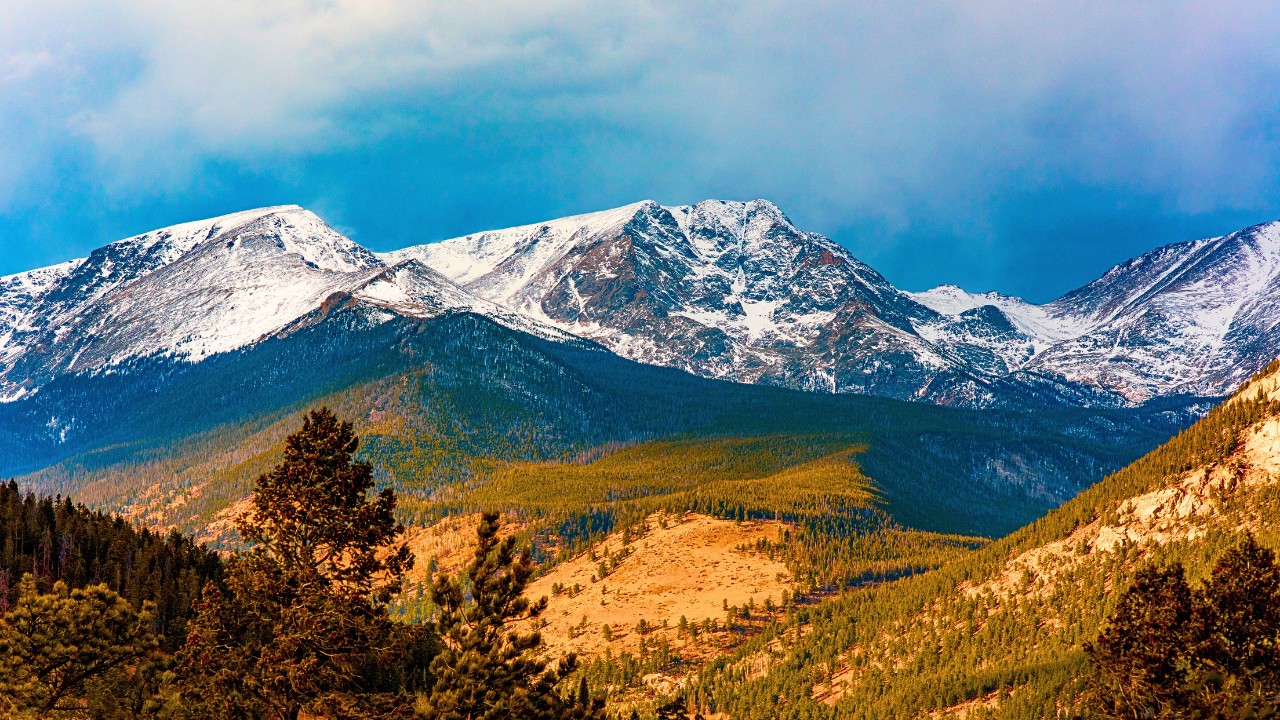
Rocky Mountain National Park Colorado (RMNP) is one of the state’s most iconic natural treasures. Spanning over 415 square miles, it’s a hiker’s paradise, a photographer’s dream, and a perfect destination for nature lovers. If you’re planning your first visit, this guide will help you discover everything you need to know to make the most of your trip. including secret hidden gems most people miss.
Overview:
Rocky Mountain National Park is located in northern Colorado, just 70 miles northwest of Denver. It features elevations ranging from 7,500 to over 14,000 feet, offering a mix of ecosystems, from montane forests to alpine tundra. The park is split into two main areas: Estes Park on the east and Grand Lake on the west, with Trail Ridge Road (the highest continuous paved road in the U.S.) connecting the two.
Tip: Arrive early to secure parking and avoid afternoon thunderstorms common in summer. Another thing to consider is visiting this place, among other places in the state for some awesome Colorado road trip ideas.
10 Best Things to Do in Rocky Mountain National Park
This list encapsulates some of the most popular attractions across the park to explore year round:
1. Drive Trail Ridge Road

Trail Ridge Road is the highest continuous paved highway in the U.S., reaching elevations over 12,000 feet and stretching 48 miles between Estes Park and Grand Lake. This drive offers sweeping views of alpine tundra, towering peaks, and valleys below. Several pull-offs let you stop for photos, wildlife spotting, and short hikes. The road is typically open from late May to mid-October, depending on snow.
Why It’s Special: You’ll cross the Continental Divide and see landscapes that are inaccessible any other way in the park.
2. Hike the Bear Lake Trail

This flat, 0.8-mile loop trail surrounds Bear Lake, a high-elevation alpine lake framed by pine forests and dramatic peaks like Hallett Peak and Longs Peak. It’s one of the most photographed spots in the park and great for sunrise.
Why It’s Special: It’s accessible year-round, family-friendly, and offers a postcard-perfect scene just minutes from the trailhead.
3. Watch Elk in Moraine Park
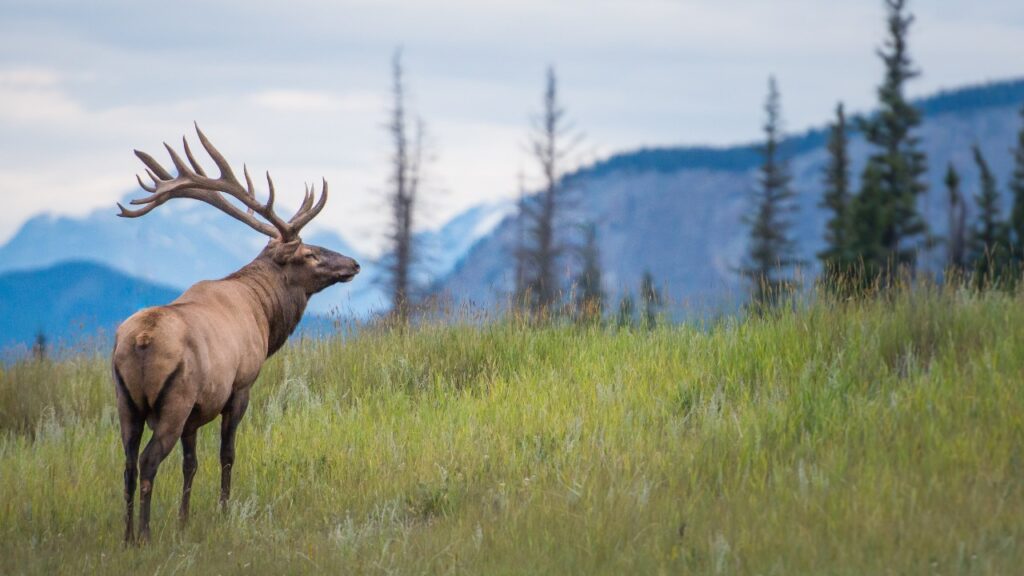
Moraine Park is a broad, grassy valley where elk gather, especially in fall during the rutting (mating) season. The early morning and evening hours offer the best chances to see and hear elk bugling.
Why It’s Special: It’s one of the best wildlife viewing areas in Colorado and offers close-up (but safe!) encounters with these majestic animals.
4. Hike to Emerald Lake

This 3.5-mile round-trip hike starts at Bear Lake and passes two other stunning lakes, Nymph and Dream, before reaching the dramatic cliffs and green water of Emerald Lake.
Why It’s Special: It packs three iconic alpine lakes into one moderately easy hike, perfect for those short on time but wanting a rewarding adventure.
5. Catch Sunrise at Sprague Lake
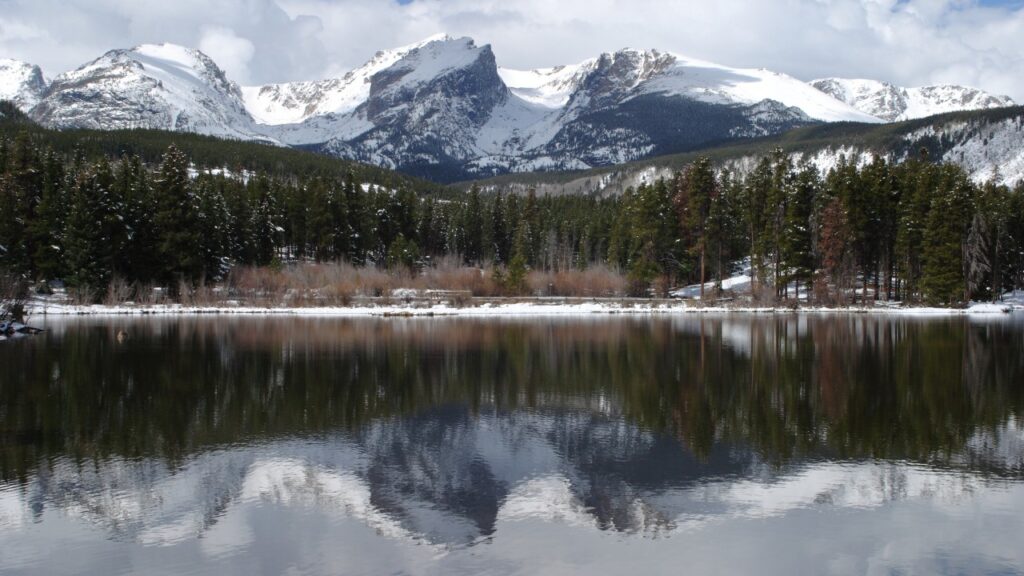
Sprague Lake features a flat 0.5-mile loop trail with incredible views of the Continental Divide. It’s especially beautiful at sunrise when the peaks glow pink and reflect in the still water.
Why It’s Special: It’s a peaceful, accessible spot ideal for photography and moments of solitude, especially in the early morning.
6. Visit the Alpine Visitor Center
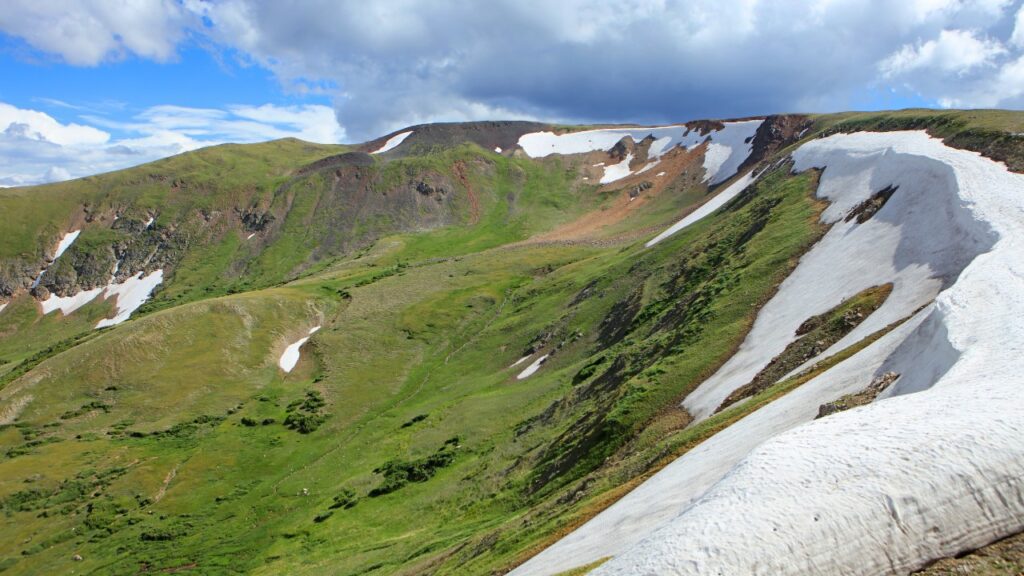
Located at 11,796 feet, the Alpine Visitor Center is the highest in the National Park System. It features exhibits on the alpine tundra ecosystem, a café, and restrooms. A short trail above the center offers panoramic views.
Why It’s Special:
It gives you a better understanding of the high-alpine environment and offers incredible views just steps from your car.
7. Explore Old Fall River Road
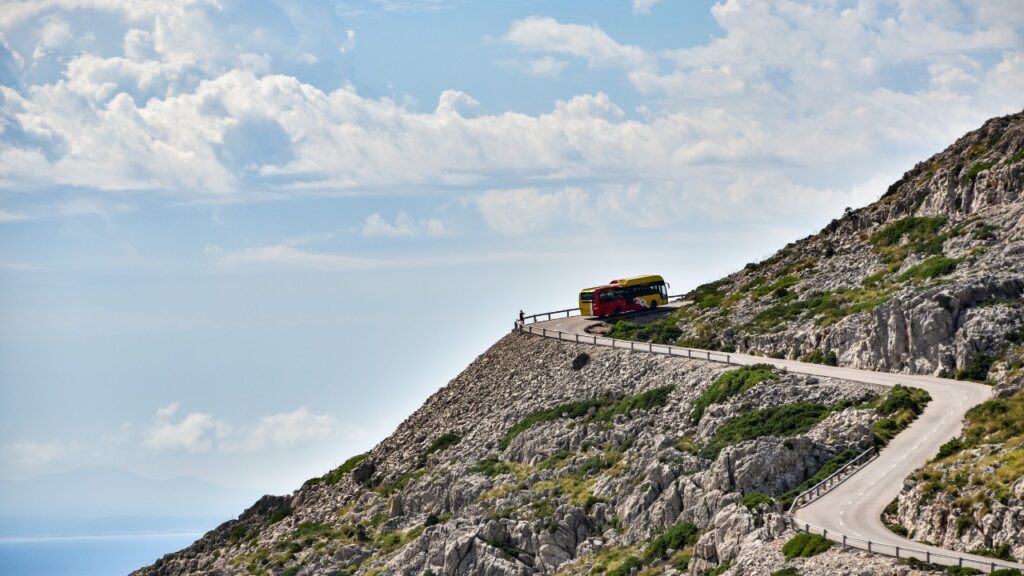
This historic one-way dirt road climbs from Horseshoe Park to the Alpine Visitor Center. It’s open to vehicles in summer and offers a more intimate driving experience, with close-up views of waterfalls, cliffs, and tundra.
Why It’s Special: You’ll feel like you’re stepping back in time while taking one of the park’s most scenic and lesser-used routes.
8. Picnic at Lily Lake
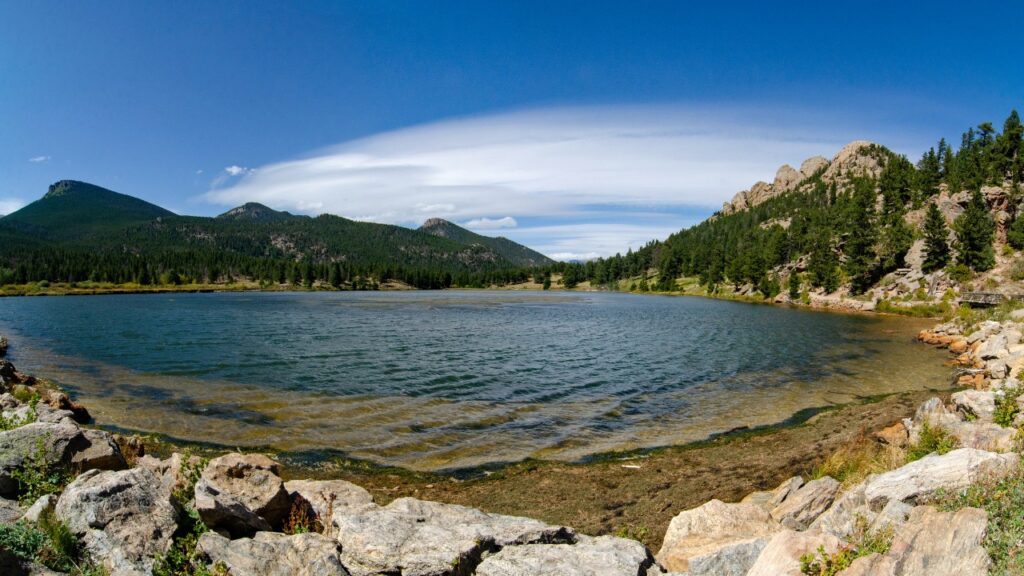
Located just south of Estes Park, Lily Lake has a peaceful 0.8-mile loop trail and picnic tables. The views of Longs Peak are stunning, and it’s often less crowded than Bear Lake.
Why It’s Special: It’s accessible, quiet, and great for families or travelers looking to unwind with a meal in a beautiful setting.
9. Wildlife Viewing at Sheep Lakes
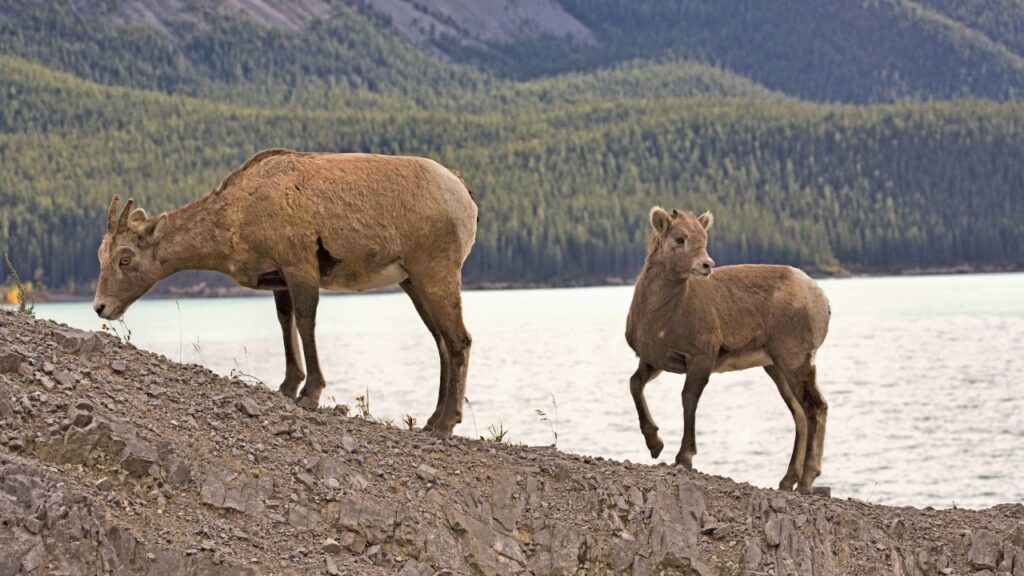
This meadow is known for frequent visits by bighorn sheep, especially in the spring and early summer when they descend to lick the mineral-rich soil. Deer, elk, and coyotes are also sometimes spotted
Why It’s Special:
It’s one of the few places in the park where you might spot bighorn sheep up close in the wild.
10. Snowshoe in Hidden Valley (Winter)
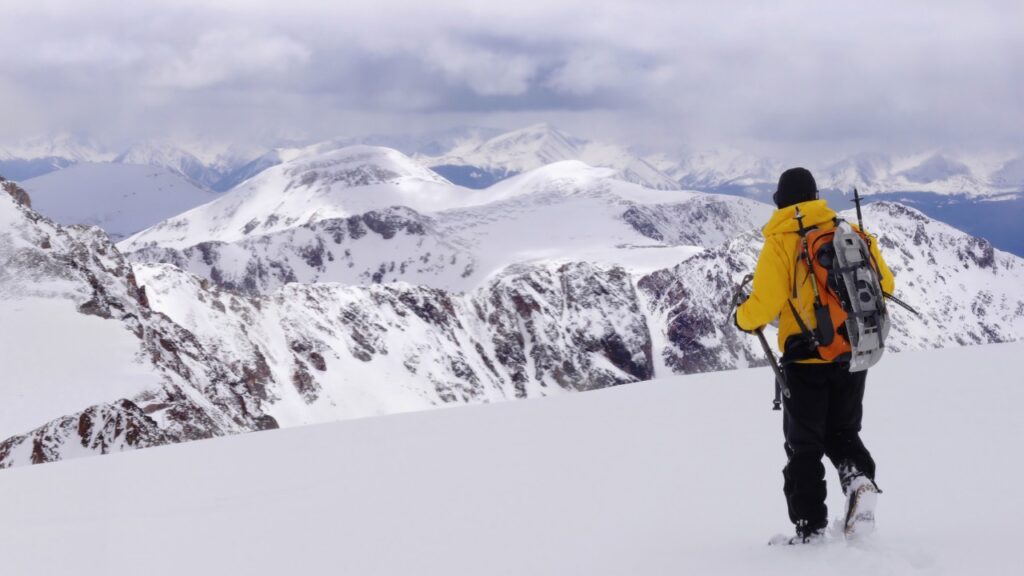
In the winter months, Hidden Valley transforms into a serene snowshoeing and cross-country skiing area. Trails weave through forested areas with stunning mountain backdrops.
Why It’s Special: It offers a peaceful winter experience far from the crowds and a completely different perspective of the park.
On top of these activities, I also recommend this Tripadvisor page on Rocky Mountain National Park for even more awesome ideas!
Best Hikes (Beginner to Advanced)
Beginner
-
Bear Lake Loop (0.8 miles) – Flat, easy, and family-friendly.
-
Alberta Falls (1.6 miles) – A short hike to a scenic waterfall.
Moderate
-
Emerald Lake Trail (3.5 miles) – Iconic alpine lakes and mountain backdrops.
-
Cub Lake Loop (6.2 miles) – Meadows, wetlands, and potential wildlife sightings.
Advanced
-
Sky Pond via Glacier Gorge Trail (9 miles) – Dramatic waterfalls and jagged peaks.
-
Chasm Lake (8.8 miles) – A challenging but rewarding trail near Longs Peak.
You May Also Like This Place:
Packing List
You can get a majority of the items on this list from my Amazon gear store:
Footwear: Waterproof hiking boots or trail shoes
Daypack: For snacks, water, and essentials
Water: Bring plenty; altitude increases dehydration risk
Sunscreen & Sunglasses: High UV exposure at elevation
Map or GPS: Cell service is limited
Camera or Binoculars: Wildlife and landscape photography
Trekking Poles: Optional for longer hikes
Snacks/Energy Bars: Especially for longer hikes or higher altitudes
Best Times to Visit:
-
Summer (June to September): Best for hiking, wildlife spotting, and driving Trail Ridge Road. Expect crowds.
-
Fall (late September to October): Fewer crowds, golden aspens, and prime elk rutting season. Rocky Mountain National Park Colorado is one of the top places to witness Colorado fall foliage by far.
-
Winter (December to March): Great for snowshoeing and solitude, though many roads and trails are closed.
-
Spring (April to May): Melting snow, blooming wildflowers, and quieter trails, but limited access to high elevations.
Amazing Photos:
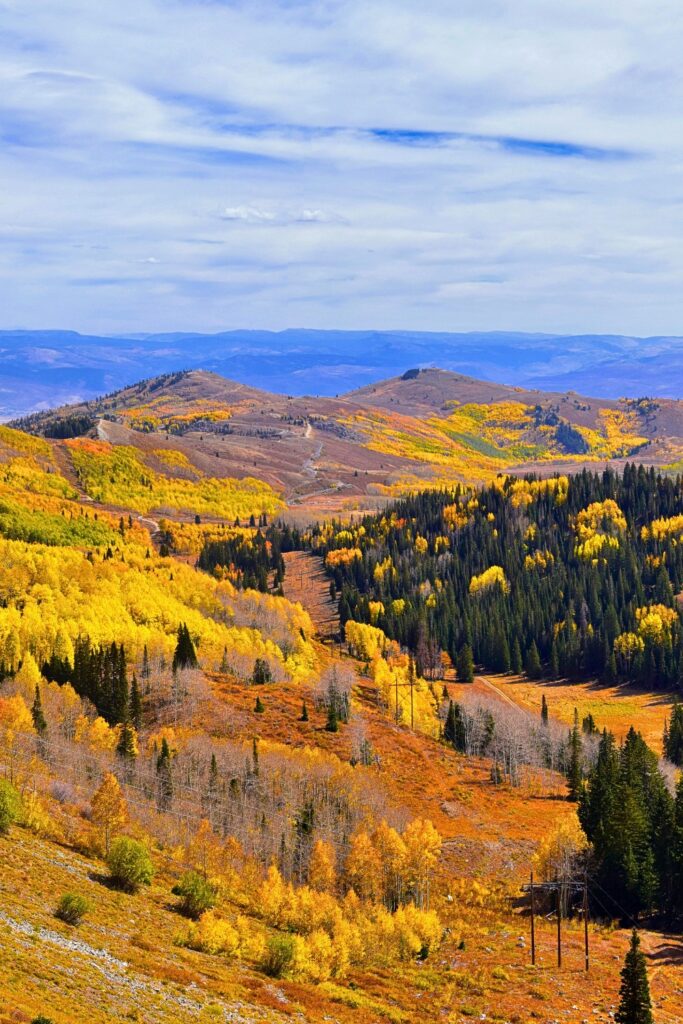
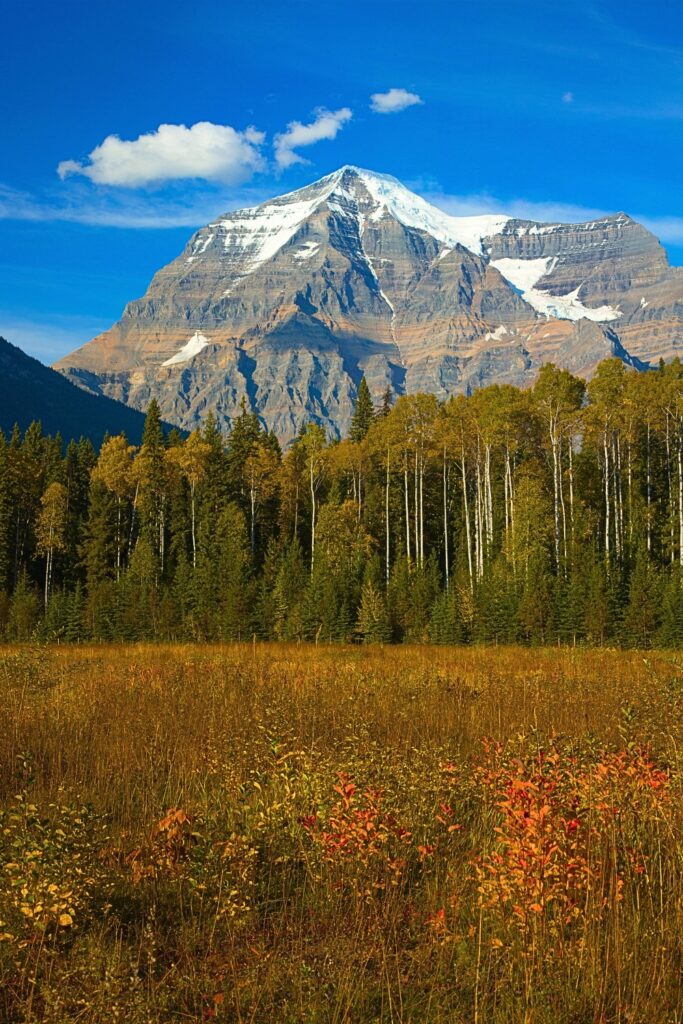
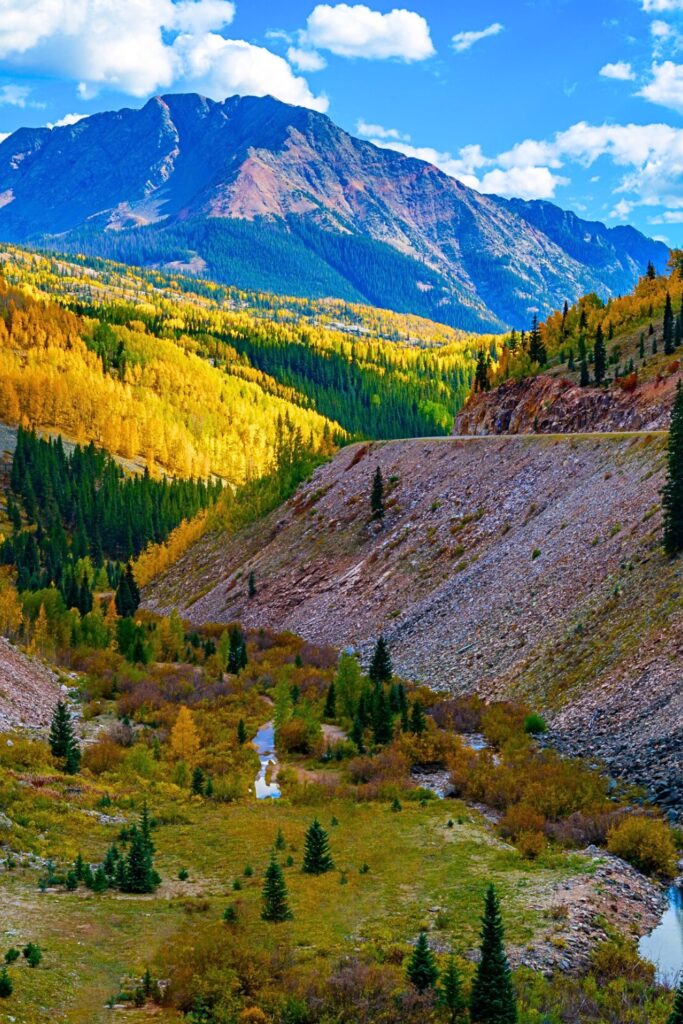
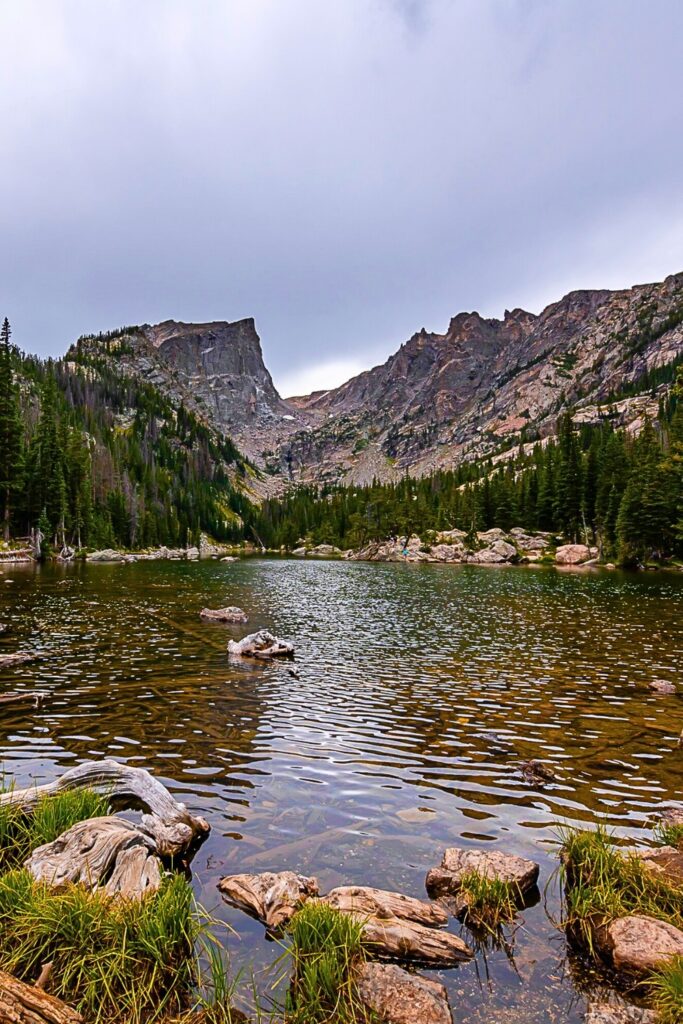
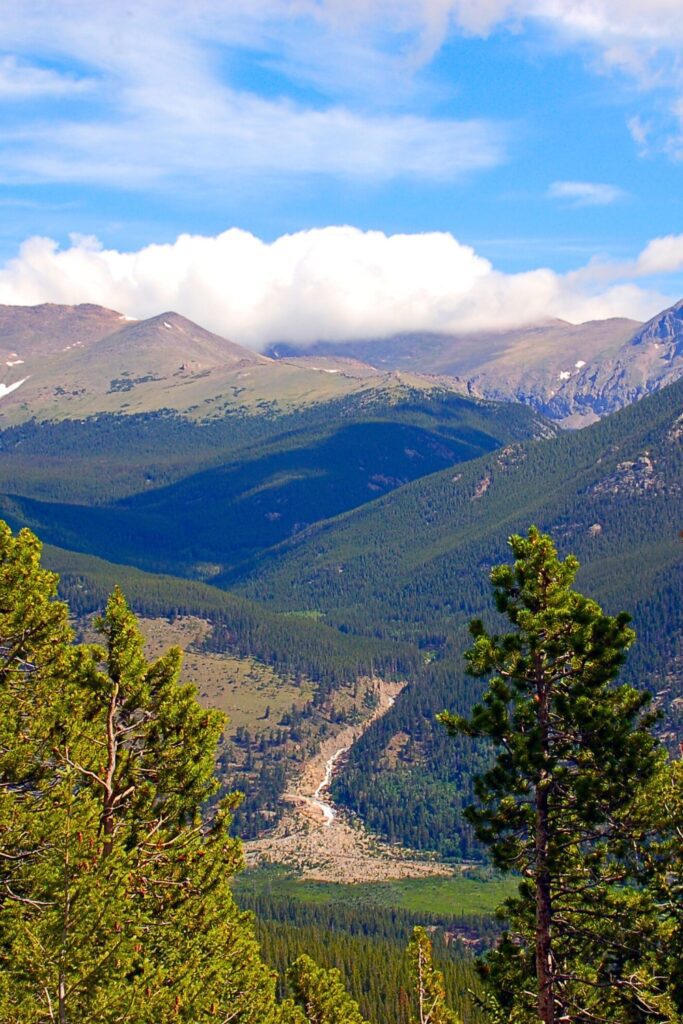
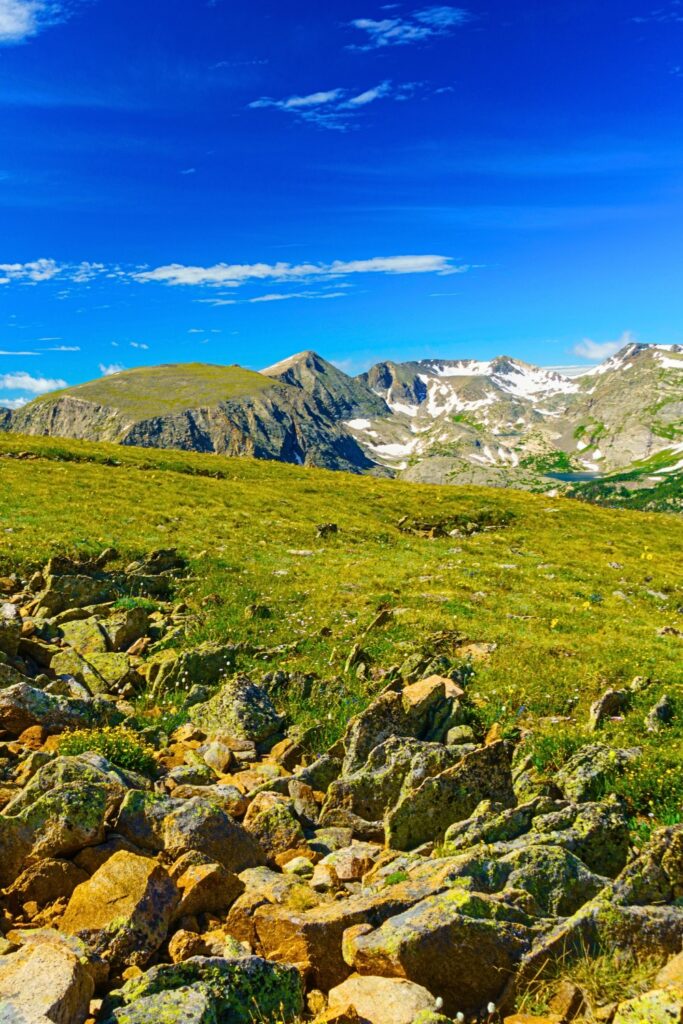
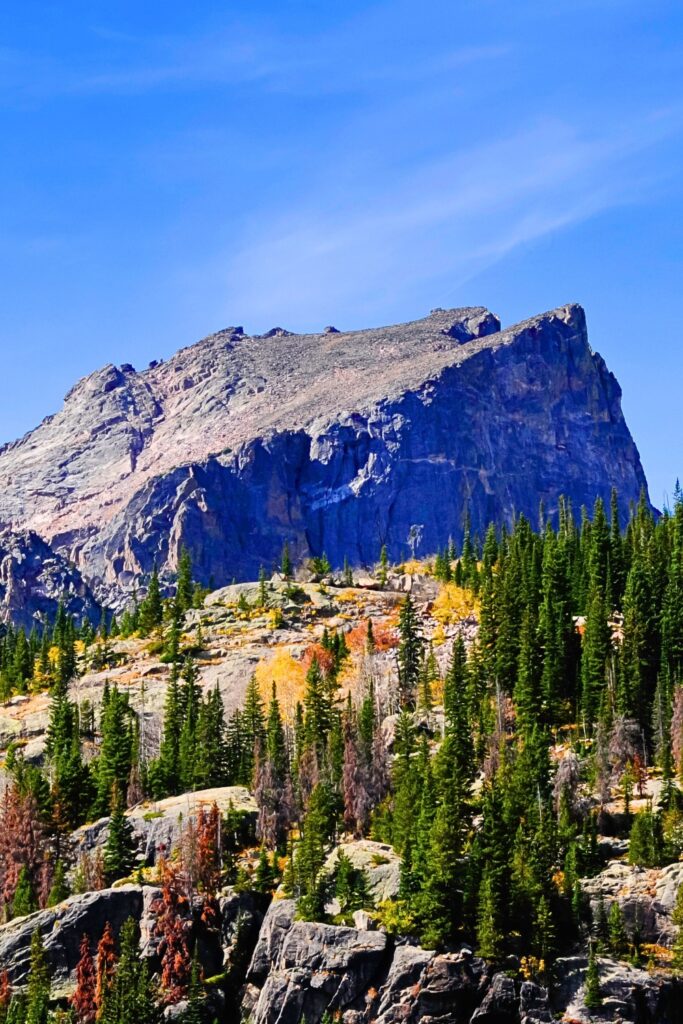
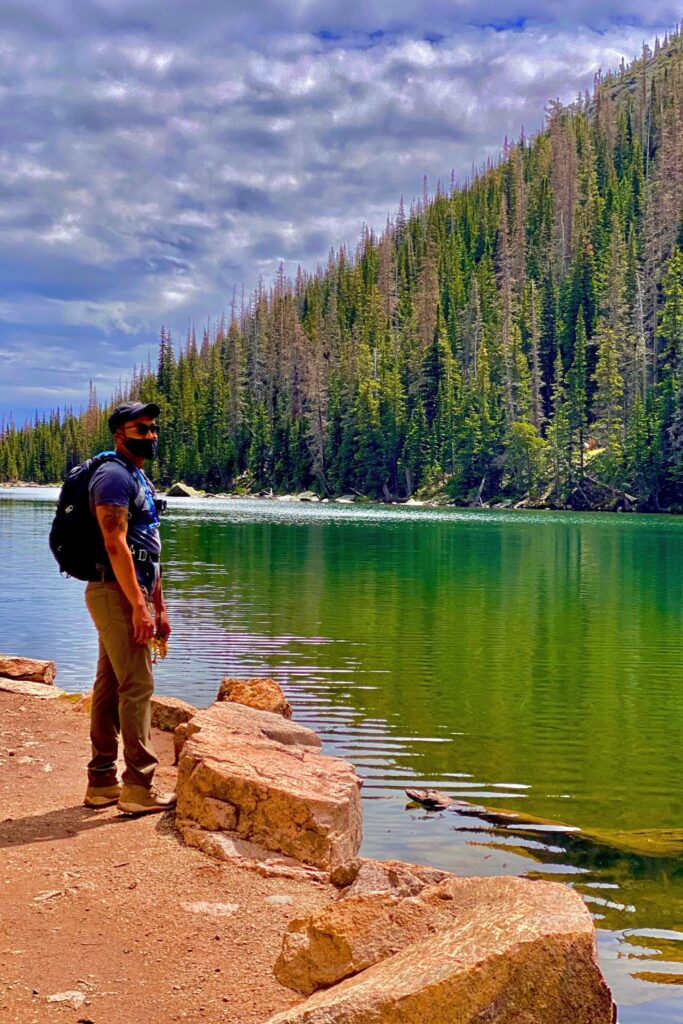
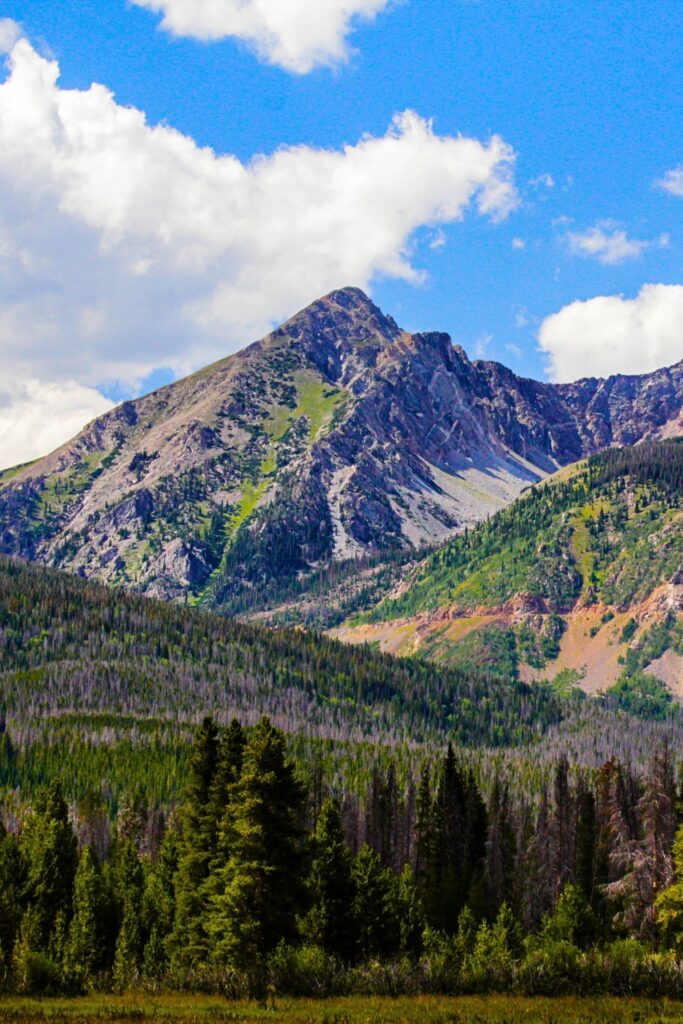
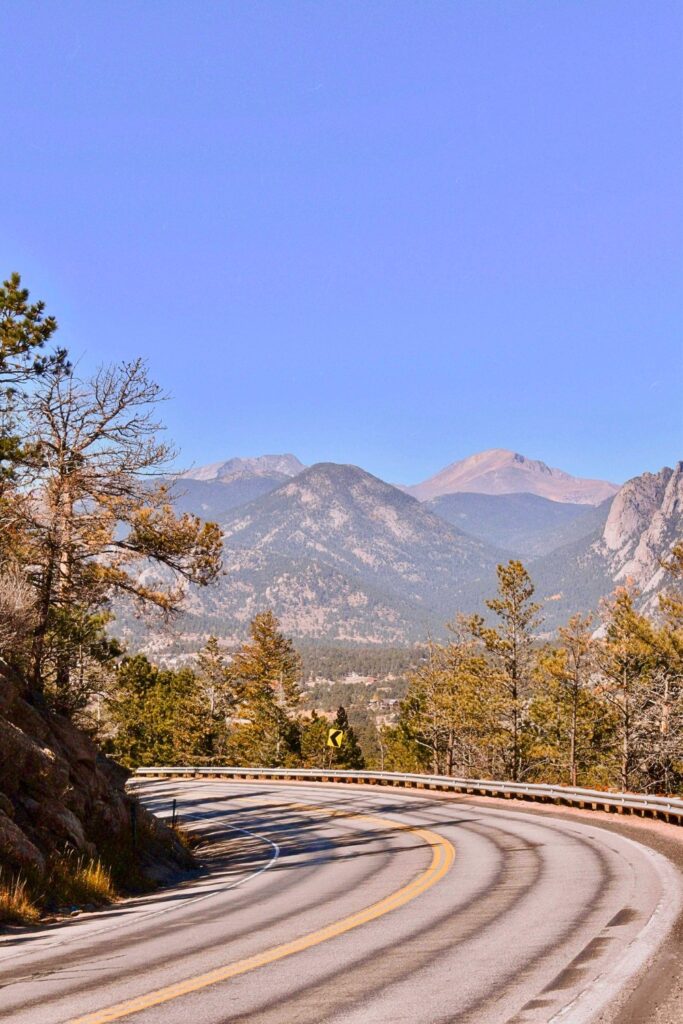
Where to Stay
Check closest hotels to Rocky Mountain National Park
7 Things to Know Before You Go:
Timed Entry Permits Required (May–October): Reserve your spot in advance on Recreation.gov.
Altitude Awareness: Drink water, pace yourself, and watch for signs of altitude sickness.
Weather Changes Fast: Afternoon thunderstorms are common in summer
Wildlife Safety: Stay 75+ feet from elk and moose, 100+ feet from bears.
Shuttles Available: Use park shuttles to avoid parking hassles in busy areas like Bear
Lake.- Park Pass: Either a one time fee or get an America the Beautiful Pass for unlimited National Park visits across the country for 1 year.
- Note: No lodges or hotels exist within the park.
Related:
Final Thoughts:
Rocky Mountain National Park is an awe-inspiring destination for first-time visitors who want to experience the dramatic beauty of Colorado’s high country. With just a little preparation, you can enjoy incredible hikes, mountain views, and peaceful moments in nature. Whether you come for the views or the adventure, RMNP leaves an impression that lasts a lifetime.
